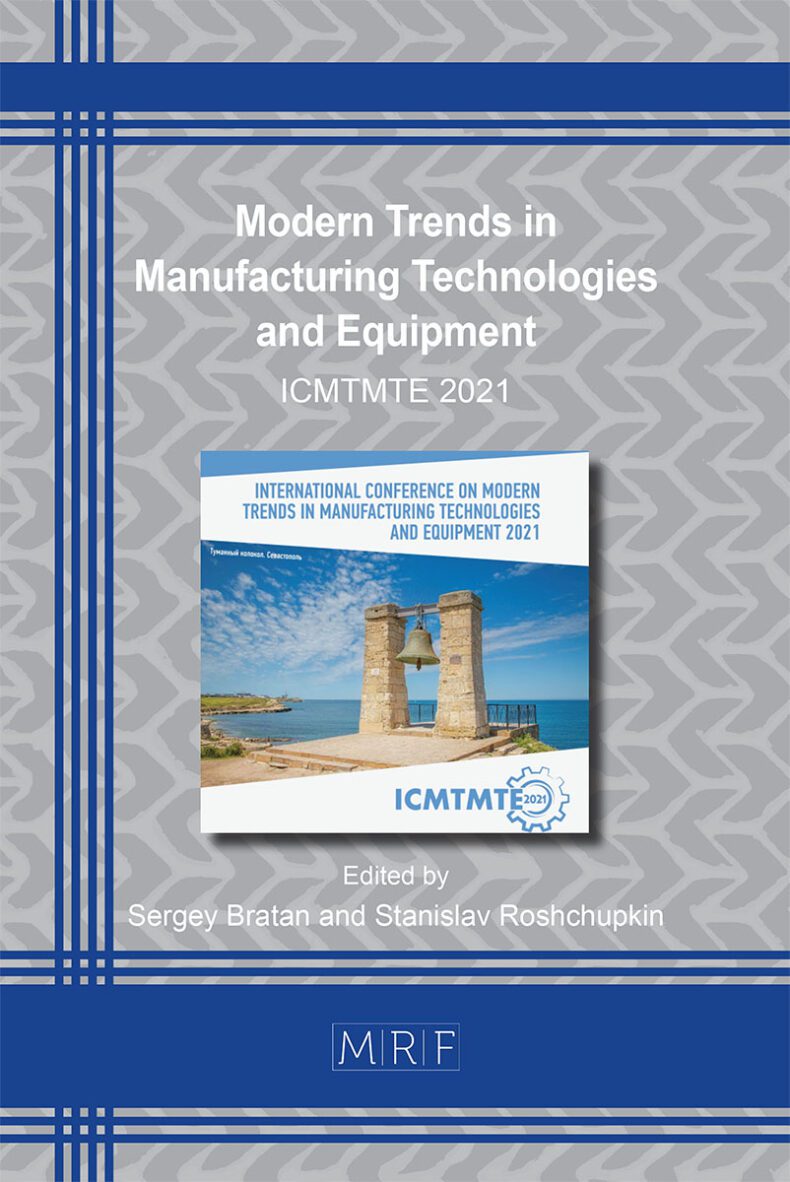On the Chemical Heterogeneity of Austenite in Maraging Steel
T.M. Makhneva, V.B. Dementyev
download PDFAbstract. The change of Ni-, Cr-, Cu- contents in maraging steel composition occurring on heating in the subcritical and intercritical interval has been studied by the X-ray spectral microanalysis. Heating in the temperature range from 490 to 550C has resulted in increasing of Ni- Cu- concentrations in the 1iquation austenite when the latter is present in the steel structure as a consequence of several reasons (the large ingot, low level of forging reduction ratio, etc.). The significant enrichment of surface layers of austenite inclusions may probably occur if there are great differences between interphase and intraphase diffusion rates. By varying the thermal treatment and thus the Ni-diffusion in austenite it is possible to create austenite layers with different Ni-contents within a grain or massive martensite and it is also possible to control the material properties.
Keywords
Maraging Steel, X-Ray Spectral Microanalysis, Phase Transformation, Liquation Austenite
Published online 1/5/2022, 5 pages
Copyright © 2022 by the author(s)
Published under license by Materials Research Forum LLC., Millersville PA, USA
Citation: T.M. Makhneva, V.B. Dementyev, On the Chemical Heterogeneity of Austenite in Maraging Steel, Materials Research Proceedings, Vol. 21, pp 224-228, 2022
DOI: https://doi.org/10.21741/9781644901755-40
The article was published as article 40 of the book Modern Trends in Manufacturing Technologies and Equipment
![]() Content from this work may be used under the terms of the Creative Commons Attribution 3.0 licence. Any further distribution of this work must maintain attribution to the author(s) and the title of the work, journal citation and DOI.
Content from this work may be used under the terms of the Creative Commons Attribution 3.0 licence. Any further distribution of this work must maintain attribution to the author(s) and the title of the work, journal citation and DOI.
References
[1] N.P. Аllen, C.J. Early, Iron Steel Inst., 28 (1950) 455.
[2] A.A. Popov, Diffusion movement of the border of the phase separation, Phase transformations in iron-carbon alloys. Mashgiz. (1950) 18-35.
[3] E. Scheil, Über die Irreversibilität der Eisen-Nickel-Legierungen, Archiv für das Eisenhüttenwesen 24. Jahrgang. Heft ¾- Märtz / Ahril (1953). https://doi.org/10.1002/srin.195301444
[4] Ya.M. Golovchiner, DAN SSSR. 107 (1953)109.
[5] Ya.M. Golovchiner, Problems of metal science and physics of metals, Metallurgizdat. 7. (1962) 281.
[6] V.A. Shabashov, V.V. Sagaradze, E.E. Yurikov, A.V. Savelyeva, Mesbauer and electron microscopic studies in iron-nickel alloys, FMM. 44. 5 (1977)1060-1070.
[7] V.I. Zeldovich, V.D. Sadovsky, Redistribution of components between -and - phases at – transformation in iron-nickel alloys, FMM. 28 4 (1969) 715-722.
[8] T.M. Makhneva, Investigation of chemical heterogeneity with respect to nickel and chromium in the structure of steel 08Kh15N5D2T, IM Ural Branch of the Russian Academy of Sciences. “Chemical Physics and Mesoscopy”. 15-1 (2013) 91-100.
[9] A.D. Romig, J.I. Coldstein, Determination of the Fe-Ni and Fe-Ni-P Phase Diagrams at Low Temperatures (700 to 300C). Metallurgical Transactions. 11. 7 (1980) 1151-1159. https://doi.org/10.1007/BF02668139
[10] E.S. Makhnev, T.M. Makhneva, Reverse martensitic transformation in steel VNS-2USH, Martensitic transformations in metals and alloys. Sat. report int. conf. Kiev: Naukova Dumka, 1979, pp. 180-184.
[11] T.M. Makhneva, А.А. Sukhikh, V.B. Dement’ev, Inverse martensitic α→γ- transformation in nanostructured maraging steels, Metal Science and Heat Treatment, Kluwer Academic/Plenum Publishers (United States) (2017) 1-6.































